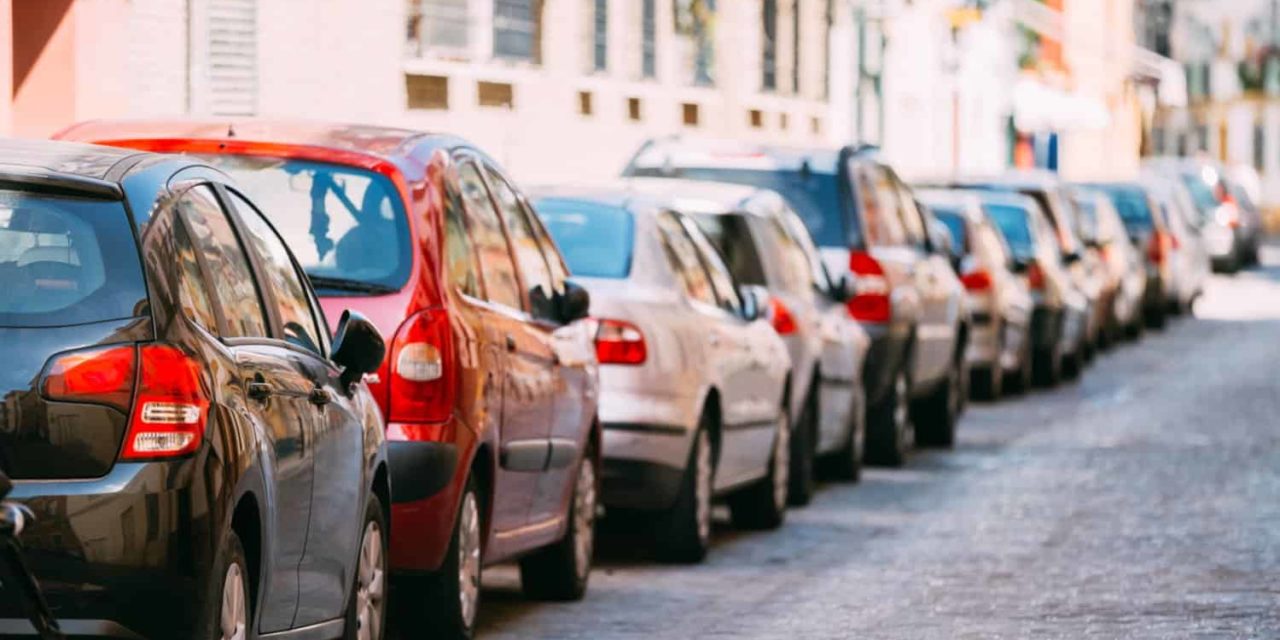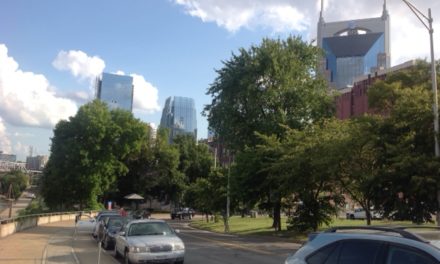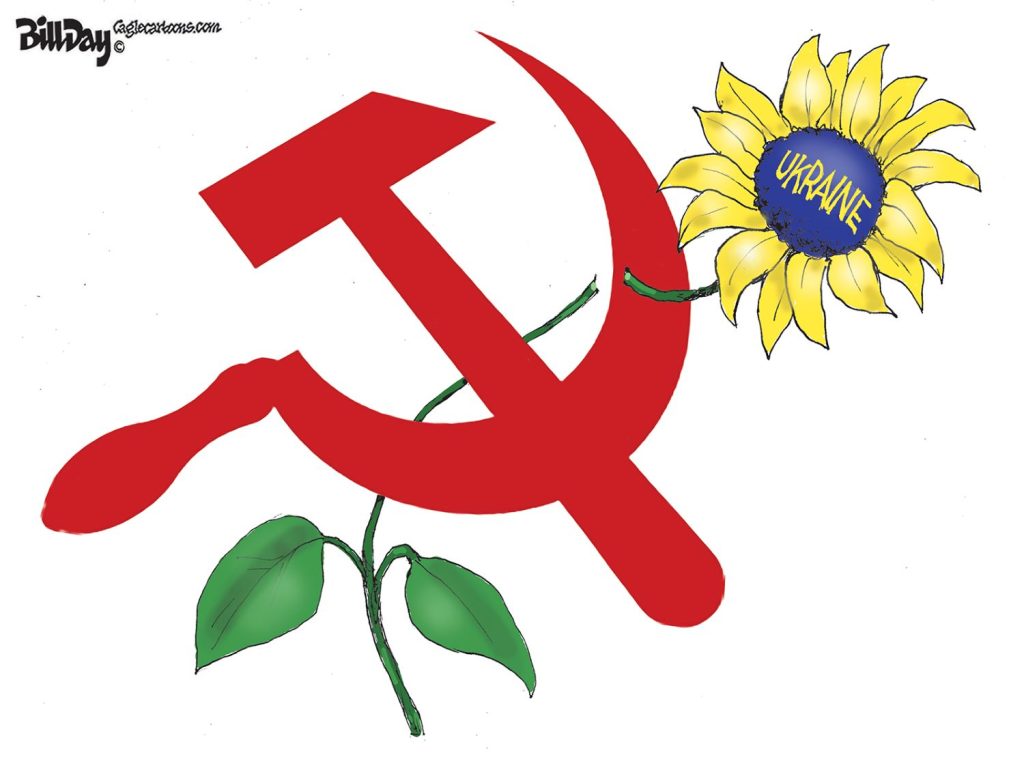This post was originally published in Planetizen March 4, 2024, and it is posted here with its permission. Planetizen is a platform that creates, curates, and amplifies stories and resources to inform planning and people passionate about planning. In light of frequent discussions in our community about parking, walkability, and livability, I am posting it here:
By David Mepham
We tend to view parking from the driver’s seat. This is a “me, here, now” view that is as narrow as it is self-interested. It is a view that has shaped a century of urban parking and that locates parking access as the key to urban access/mobility.
That view can be contrasted with a broader urban planning perspective where parking shapes every element of our urban environment and impacts almost every urban policy outcome — with some benefits but also, undoubtedly, with detrimental impacts and costs to the destination’s place/access experience. The narrative that parking is a “public good” is central to the provision of public subsidies to offset the real cost of parking.
In my recent book Rethinking Parking: Planning and Urban Design Perspectives, I looked beyond the driver’s seat to understand the critical impact of parking on the destination via five perspectives: place, politics, policy, pricing, and professional practice. This 5P toolbox provides an insight into parking, including a deeply entrenched sense of entitlement to cheap, easy parking; the idea that parking is a public good; and, related to parking as a public good, the tendency to subsidize public parking.
Parking subsidies are typically defined as direct financial offsets that make parking free or cheaper, but they also include indirect costs including social, environmental, and economic impacts on urban places. The justification for subsidizing these costs relies on an argument that parking is a public good.
However, a public good is “non-excludable” and “non-rivalrous” and benefits all or most members of a community. For example, public parks and gardens are a public good because they are accessible to all and can be enjoyed by one without excluding another. When a parking lot is occupied, however, others are excluded from accessing that space. Beyond the many direct and indirect costs and subsidies and their vague rationale is less mobility choice and a diminished place/access experience.
The 5P perspectives bring the urban parking/place problem into focus and flag a pathway for meaningful reform.
Place
Cheap, easy parking can provide easy driver access to places that may not be worth visiting. Parking takes up significant space in urban centers in the form of public and private parking garages and lots. They may be paid or unpaid, short or longer term, at grade or above- or belowground. It may be, and often is, cross-subsidized at the expense of mobility choice and an inclusive place/access experience on the grounds of parking as a public good.
Each car parking solution creates its own impacts. Parking can degrade the place and street aesthetic and erode active, engaging street edges. Pedestrians, cyclists, transit, and key services are all delayed in the center because of parking traffic. There are right-of-way conflicts that impact pedestrians, especially where vehicles access and egress parking across the sidewalk. There are environmental costs in the form of less green space and more heated surfaces. There is increased noise and air pollution. Social costs include decreased health, safety, and ease of walk and roll access. There are even economic costs,with decreased density impacting the level of activity, as well as inefficiencies and inequities where mandated parking conditions add unnecessary costs to housing and development.
A key space for parking is the high-access and high-value main street curb. This has historically been a contested public space that accommodates a variety of public and private functions. In the century of the car, these other functions have been banned from the curb to accommodate driver entitlement to affordable and available parking. The view from the driver’s seat reads this as an entitlement to “cheap, easy” parking. Ironically, no rational market provides cheap and easy; the laws of supply and demand ensure that you can have one or the other.
The argument for cheap, easy parking relies on a view of the curb as an extension of the road with its legal right-of-way. It overlooks the historical role of the curb as a valuable public space with its many uses. That value, be it economic, environmental, or social, is owned by the community. Giving up the curb or other public space for parking priced at a value below its highest and best use represents a subsidy. Subsidies can be used to advance certain outcomes, but as they impose a cost on the community, they must be argued to be a public good. That argument raises values and beliefs and issues of politics and policy.
Politics
Parking is intensely emotional, and discussions about parking can easily escalate into intense arguments and worse. Contested parking spaces become battlegrounds between otherwise polite people. Our territorial instinct is pricked and the angry amygdala runs roughshod over our quietly rational prefrontal cortex. The results can often be unpleasant and even deadly.
Parking reform has been as politically egregious as it is essential and an arena suited to the crazy and the courageous. The pathway to reform has more often been two steps forward and one step back and has included the need to look back to understand how we got here.
Looking backward, we see the early political campaigns for drivers’ exceptional rights; the construction of narratives about the car, driving, and parking as public good the growing influence of transportation and traffic planning; and the demise of the traditional city. There are issues of class, race, and power as poorer, urban communities were demolished for freeways and parking to accommodate suburban drivers. Those who perpetuated and realized these planning outcomes too often resembled the winners in that contest. The politics of parking shaped in the early twentieth century underpin the policies of the early twenty-first century.
Policy
Viewing parking from the driver’s seat enables us to treat it as a local and urgent problem and to overlook the broader, longer term policy implications. But there are few urban policies unaffected by urban parking policy — from the local to the global. Effective urban policies should work in an enhancing 1+1=3 relationship where the whole is greater than the parts. Given the flawed political and policy drivers that produce “me, here, now” parking outcomes, there is a case for an arm’s length governance model that puts strategic parking policy making and administration above the day-to-day political fray. In the process, we may find that the policy is more equitable and efficient and driven by relevant data and reason.
Price
The most contested of the parking policies is pricing. A view of parking as a public good has been used to sustain the myth of the “free” parking with the socialization of costs and subsidies onto the broader community. It raises the questions of who pays for “free” parking and why.
In recent decades, pricing reform has increasingly been enabled by innovative new parking technologies and the rise of shared mobility economies. Placing in-ground pods into each parking lot real-time and place data to be collected to inform a demand-based price for that space. As parking price adjusts and aligns with the time and place demand, there is also an increase in the availability of parking space. As revenue is collected, there is the opportunity to fund local place/access improvements. Such reforms have fairly and reasonably shifted parking policy into the “user pays” realm, and that tends to prompt a more reasoned decision-making process on “if, where, when” to park. Importantly, it enables parking professionals to act less politically and more rationally.
Professional practice
Urban parking is as much a land use as it is a transport issue, so we find parking located in the juncture of the transport and land use planning professions. But this simple reality is not reflected in the way that parking policy is made and managed. Dealing with parking in the juncture requires that we step back from our bureaucratic silos to work collaboratively across professional streams to create more appropriate, integrated planning outcomes. It’s time to stop dealing with urban parking as an afterthought and to approach parking policy and practice as a critical bridge between the land use and transport planning professions.
Conclusion
A view of parking from the driver’s seat has underpinned the century-old “me, here and now” parking narrative. That narrative overlooks the wider social, environmental, and economic impacts of parking policy. This narrow view has been used to justify parking as a public good and to then justify the extensive public subsidies that provide cheap, easy parking to attract drivers to damaged places that are not worth visiting.
Looking forward, creating more equitable, efficient, attractive, and successful places requires that we rethink parking. Rational parking policies that tap the potential of smart, new parking technologies and mobility sharing economies can take us to a better place. In the end, we can find that better balance, one that puts parking on tap, not on top.
David Mepham is an urban planner and consultant with more than 30 years of experience and passion for attractive, accessible places. His book, Rethinking Parking: Planning and Urban Design Perspectives, was published by Routledge in December 2023.




